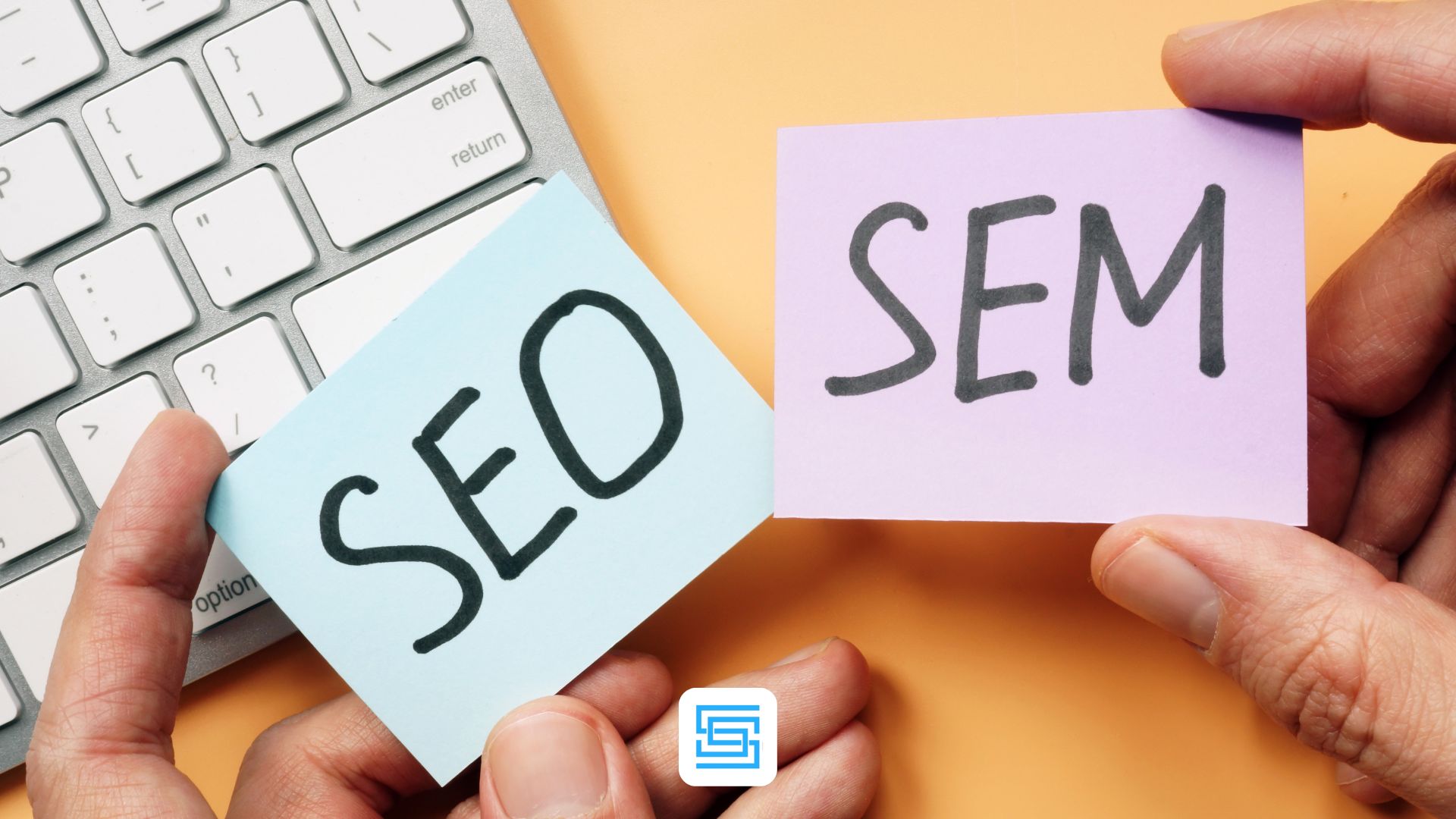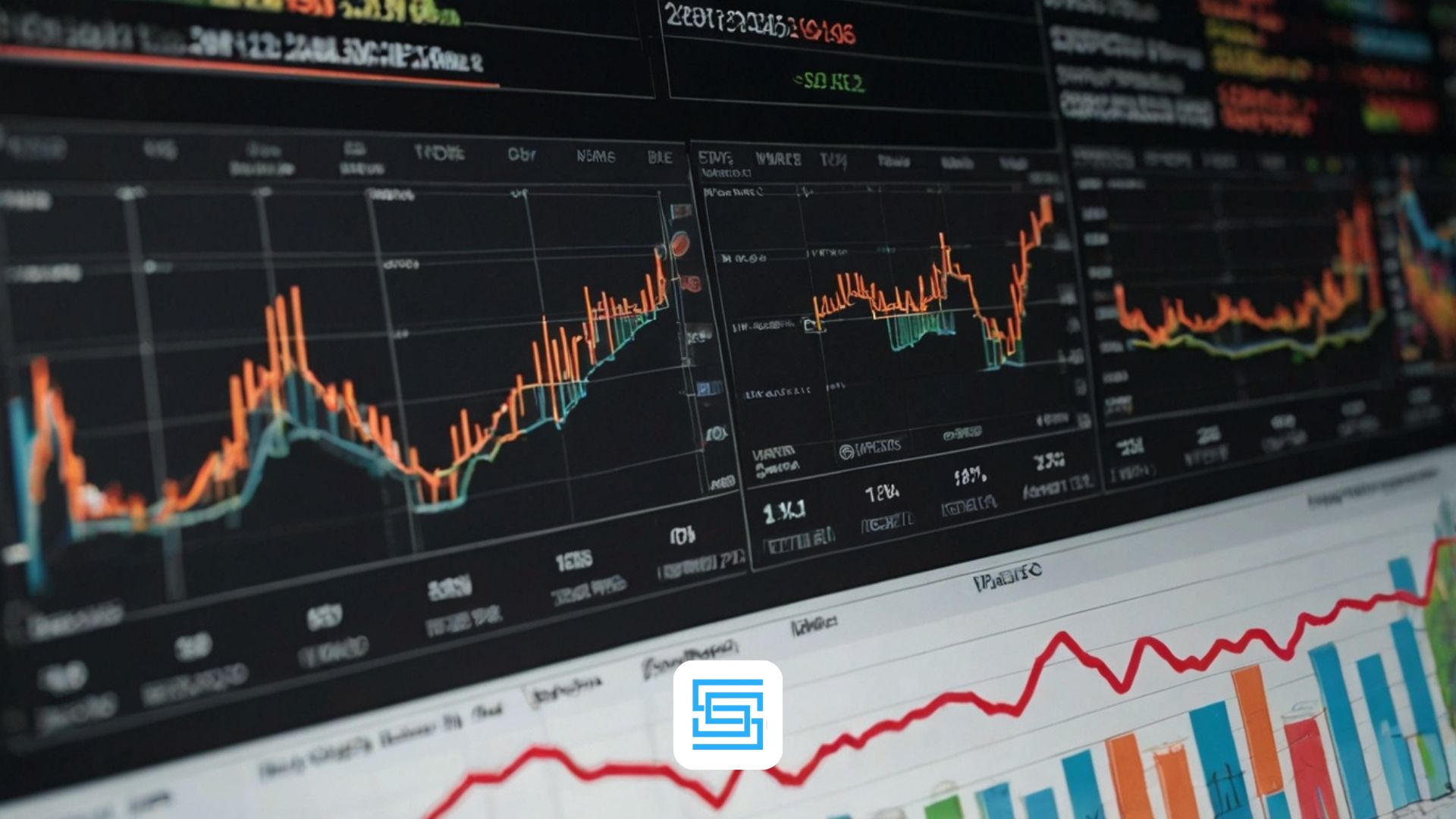When beginners look at SEO and SEM, they often get confused because both are marketing strategies aimed at getting more traffic to a website. While their ultimate objective is the same—attracting users—their methods are different, but they can reinforce each other in powerful ways. By combining these strategies, businesses can increase their visibility and improve the conversion ratio, making their marketing efforts even more effective.
The integration of SEO and SEM creates an ideal approach for any organization. Instead of seeing them as competing tactics, it’s better to understand how they complement each other. By using both, companies can enhance their online presence and ensure they attract the relevant audience, driving better results across the board. This combination of efforts helps strengthen your marketing campaigns and makes it easier to achieve your goals.
How do SEO and SEM work together to boost traffic?
SEO and SEM work together by combining long-term organic growth with instant visibility. SEO builds traffic steadily over time, while SEM provides quick results, driving more traffic and enhancing overall visibility, leading to better conversions.
SEO vs SEM – The Battle Explained
Let us look at the specifics here, so what is SEO in its simplest form and most significantly, what is its distinction from SEM?
- SEO Strategy works organically. Here you attempt over an indefinite period to promote your website during search results without placing any advertisements. It’s creating content, link building, structuring websites and other related activities that seek the approval of the search engines’ algorithms.
- SEM Strategy, as far as our current context goes, involves some purchases such as Bing Ads and Google Ads. SEM makes it possible for you to obtain instant placement on search engine results by paying for relevant keywords. It is quick to implement but requires constant investment in paid ads for ongoing visibility.
Both strategies, however, have the same ultimate goal of enabling search engine users to notice your site but with a fundamental difference — one takes time (SEO), while the other can give you results, almost instantaneously (SEM).
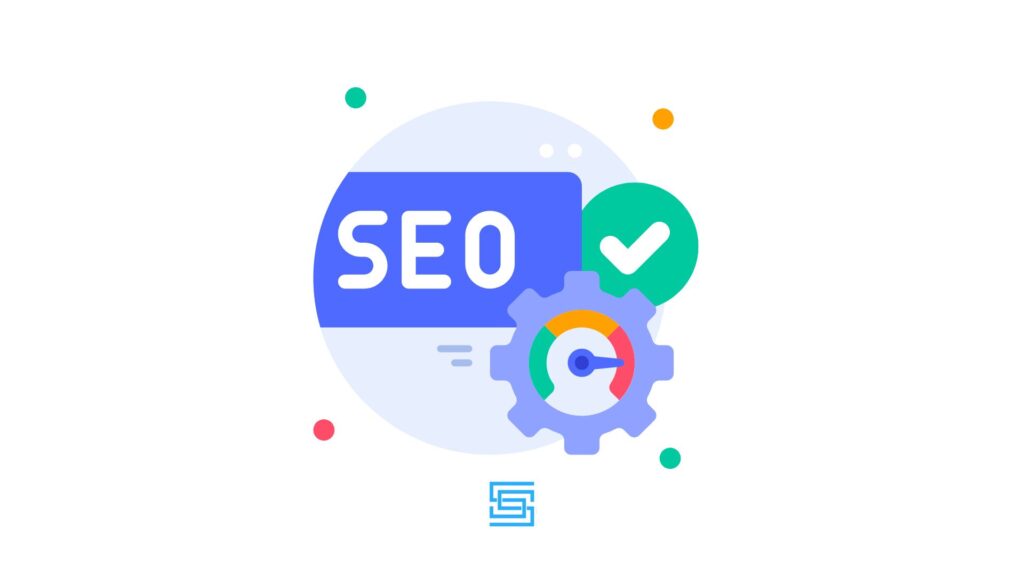
How do SEO and SEM Work In Harmony
Now here’s where the magic happens — there are no winners and losers, only complements SEARCH ENGINE MARKETING (SEM) and SEARCH ENGINE OPTIMISATION (SEO).
- SEO can be compared to planting a tree. In the beginning, a lot of upkeep is required, but eventually it will grow, gain strength, and bring in traffic without the need for continuous maintenance. It is a sustainable model; the more work you put in, the more you get back.
- SEM on the other hand is simply drilling a hole on the freeway and inserting a board soaked in electricity in the middle of bumper-to-bumper traffic. You purchased a good opportunity for fast earnings, which is transient.
And here is precisely where they defer to each other:
- The key phrase here is “important keywords.” SEO delivers results, but over some time. Consequently, you will find yourself ranking for more and more keywords until the final result is quite satisfactory.
- SEM is the superhero of the internet. It drives your product to be searched for by all consumers globally. Whenever you have an ad to run or a new product to launch, SEM puts your brand right at the top on the search engine pages.
Pair it with SEO, and you’re sacrificing nothing—the latter brings long-term benefits while the former allows you to effectively exploit paid channels straight away.
Also Read: Top 23 Examples of Web Browser You Must Know
The Importance of SEO and SEM in Your Marketing Strategy
Why would anyone want to invest in both? Well, they actually serve as two reliable approaches that can safeguard your chances of dominating the competition.
- Increased Visibility: When you pop up on paid ads and appear on organic search results, you are occupying much more real estate in the SERPs. You pretty much “dominate” more sections of the page.
- Better ROI through SEO initiatives: Relevant traffic can be generated instantly through SEM which helps discover best-performing keywords. This will shape the SEO campaign and make the subsequent SEO spending more efficient.
- An increase in traffic means an increase in conversion: The great part about combining both strategies is they bring qualified traffic to your site—people who are more likely to become leads and eventually, sales.
The Role of Search Engine Marketing in Achieving Quick Goals
Speaking of SEM, one of the most significant advantages of paid search is instant exposure. Unlike SEO, which can take weeks or months to show results, SEM provides businesses with the opportunity to go straight to the first page of Google rankings in hours.
- Google places the paid search ads at the homepage, or on near sponsored link sections of the page which means, getting clicks is not a problem especially if the campaign is time bound like sales, new products, or seasonal offerings.
- Some of the key metrics that you need to observe for SEM include CTR, which stands for click-through rate, conversion rate, and CPC, i.e. cost-per-click. These will assist you in evaluating the performance of your ads as well as how good the returns on your investment are.
Long-Term Gains Of SEO For Consistent Assets
SEM is able to drive traffic in the short term but the calm hand of SEO is the one that assures steady growth of traffic to your site.
- Organic Traffic is important for companies that wish to increase their market share. It is all about ranking for the right keywords and content that is appropriate for what the users are looking for.
- Backlinks Optimisation is a crucial aspect here as well. Lots of backlinks that point to your domain increase your chances of ranking in the search results.
- Content marketing and even ensuring that users can navigate well and building more authority makes it possible for your site to rank and pull traffic consistently over the years.
Bridging the Gap: When to Use SEO vs. SEM
SEO and SEM both are robust, but at times, one could be more appropriate than the other. This is how things play out:
- SEO is the ideal approach when you are going for growth that is long-term and gradual. In case you have a longer period and want to establish the authority of your brand or target long tail keywords, consider it done with SEO.
- SEM is ideal when a short turnaround time is what you are looking for. SEM is best suited for:
- Product launches
- Sales events
- Any time-based promotion
Using SEM in addition to your SEO efforts provides you with the best of both worlds – instant commands and enhancement prospects.
Maximizing ROI: The Synergy Between SEO And SEM
Here’s the most interesting part – Traffic is not what SEO and SEM are all about, they are both conversion focused. The end target should always be to convert that traffic into sales.
- SEO is an effective online marketing tool since people will be directed to your site if it has what they are looking for. Ensuring to align your messaging and creativity to the search intent is important for increasing the conversion rate.
- There is also the specificity that comes with SEM. You can run A/B tests with your ads and see what brings in more conversions so that ads can be altered for better conversion rates.

Keyword Strategy: Alignment of SEO and SEM on Keyword Selection
One of the main advantages of SEO and SEM working hand in hand is the fact that they help each other, particularly when it comes to keyword targeting.
- SEM campaigns will assist you in determining which keywords yield the most conversions. Knowing the keywords that bring you traffic and sales will enable you to tailor your SEO efforts to target those specific terms organically.
- SEO methodologies including Google Keyword Planner or SEMrush can also be used to monitor the performance of your keywords throughout paid and organic channels. Such data allow you to make informed and better choices on the plans to pursue.
Tracking and Measuring Success: Working of SEO and SEM
To track your success, you’ll want to keep an eye on a few key metrics:
- CTR (Click-through rate). This indicates the percentage of people who click on your link, which could either originate from organic search results or an ad.
- CPC (Cost-per-click). This refers to the amount of money you are spending on each click in your SEM campaigns.
- Organic traffic and conversion rate. These metrics are used to evaluate how well your SEO strategy has been over a certain period of time and eventually, how effective you are in converting visitors into customers.
With the knowledge of these metrics, it is possible to continually adjust your SEO and SEM strategies to ensure that there are constant improvements over time.
Using Paid Ads for SEO Improvement
Here’s a cool little trick—SEM ads can actually help improve your SEO. You can increase your brand’s overall awareness; more traffic will come with more backlinks and better engagement, both of which will improve your SEO, thanks to SEM.
- Plus, data from the SEM campaigns (such as the keywords that generate traffic) can assist you in optimizing your SEO type and increasing your positions with organic traffic.
The Role of User Experience in the Context of SEO and SEM
All your efforts and resources that went into preparing your SEO or SEM don’t matter in the end because even if they are done perfectly, it is the user experience (UX) that enables even a single person to stick around and turn into consumers. There is no point in pouring money into increasing traffic if the site is slow, unattractive, not mobile optimized or ugly; people will simply bounce and leave the site.
- Higher ranking positions are given by SEO for those resources who worked well on the website usability.
- SEM is no exception – if the users who click the ad do not find the landing page relevant and well-designed, they will not convert.
Using SEM for the Validation of SEO Strategies
If you would rather not put a lot of effort into SEO only to push new keywords or LPs, then going for SEM campaigns is the ideal situation for you. Such an approach allows businesses to gain insights into what strategies are effective and incorporate them when developing an SEO strategy.
Analysing the SEO vs SEM Cost Structures
Here are the expenses in a nutshell:
- Even though SEO may involve an upfront investment (in terms of time, content, and link-building), it doesn’t cost as much in maintenance once you are ranking.
- SEM has an ongoing budget requirement as you are paying for a click. But you get results straight away, which is important in situations when campaigns need to be actioned quickly.
Local SEO and SEM: A Complementary Strategy for Small Businesses
If you are a small or medium business marketer, applying both SEO and SEM strategies may help you achieve better results in local markets.
- Local SEO helps the business to be found and searched. Function of All SEO and SEM Together in a Syncretic manner.
In the area of online marketing practice, there are two popular concepts that are often juxtaposed—SEO (Search Engine Optimisation) and SEM (Search Engine Marketing). When one is starting out, it may appear as though two points have been put forth—namely: higher exposure and more transactions. Here is the problem—SEO and SEM are not opposing tactics; they dovetail perfectly. When utilised together, they help in capturing more targeted visitors to a site, boost conversion opportunities and increase the overall advertising effectiveness.
Let’s look into the questions of these two strategies and how they enhance the performance of your business in many aspects.
SEO and SEM: What are SEO and SEM in a nutshell?
Now, before knowing how they cooperate, the principles of SEO and SEM have to be tackled first and defined.
- SEO Strategy: SEO will always be directed towards acquiring organic traffic. With SEO, a web page and the content on it are optimised to achieve a good position in search results without sponsored advertisements. Developing a sound strategy would also include activities such as keyword analysis, content creation for SEO, backlinking, and ensuring that your website has undergone technical optimisation.
- SEM Strategy: SEM, however, deals with paid search ads. This involves purchasing certain keywords to ensure that your page ranks amongst the top when a user searches for those relevant terms. Google Ads is the classic illustration of SEM, where ads attract businesses that get paid each time their ad is clicked on (Cost Per Click: CPC).
Our main distinction is that while SEO puts heads down on the ground and works to achieve organic results, SEM allows anyone who pays for ads to appear on the first page of search results.
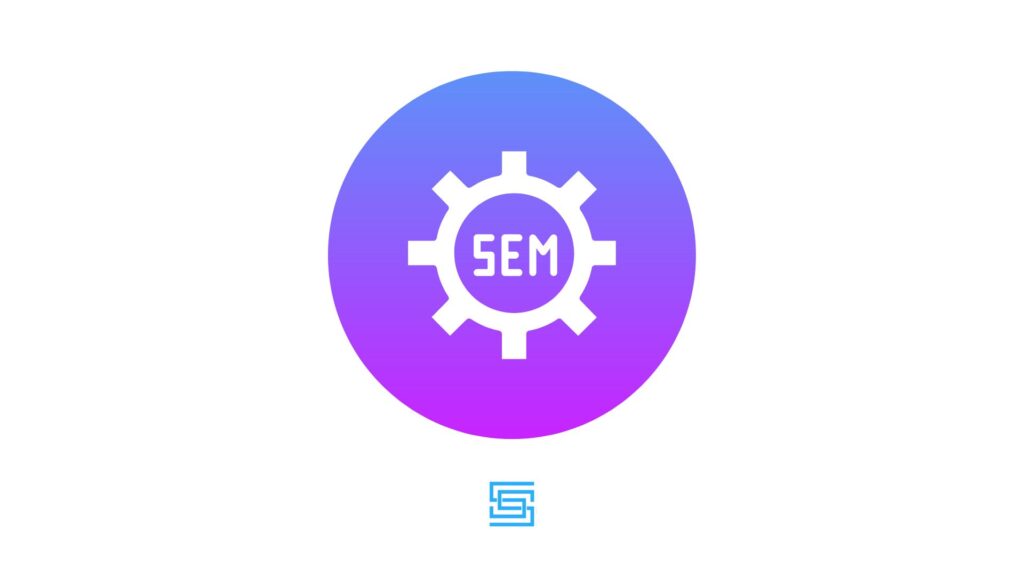
Relation Between SEO and SEM
Once people engage in online presence by hearing or passing a word about a webpage, the common misconception is that SEO and SEM are completely different concepts and strategies, but combined, they can be powerful! They help in:
- SEO Provides Future-Proof and Ongoing Benefits: The wonderful thing about SEO is that it is not going away any time soon. It is a steady process, because as you add more and better content to your site, optimise your webpages and acquire backlinks, your site will begin to rank higher in organic search-referred traffic. This way, you can gain traffic in the long term, which means it is a good investment to improve your SEO.
- SEM Offers Special Earning Opportunities for Instant Goals: Though SEO is a long-term process, SEM helps you accomplish your goals instantly. By running a paid search campaign, you can immediately see its impact on your business. For example, to market a seasonal Samoan product or to emphasise a time-limited offering, SEM can provide results in areas where SEO cannot yield quick benefits.
Thus, SEOs and SEMs complement each other and form a complete package approach whereby they target both short-term goals and also long-term growth objectives.
The Importance of Implementing SEO and SEM for Your Business
And the question that may most likely arise for you will be: why use both? The following outlines reasons for the integration of SEO and SEM in your marketing strategy.
- Greater Presence: There are increased chances of an impression and a click when users see your URL at more than one location in the search engine result pages, for instance, both the organic and sponsored results. The more real estate you have on the page, the greater the chance users will click on your listing.
- More Effective SEO ROI: With SEM, the advertisers capture visibility and keyword data at the initial stages, which helps in refining the SEO strategy. Targeting keywords through SEM makes it possible to identify lucrative keywords that can then be leveraged in other forms of content that need to rank organically.
- Greater Conversion Rate: The combination of both SEO and SEM ensures that relevant traffic is acquired to the website, and the higher the relevance of the users, the greater the chances of conversion. When both methods are implemented, it is more appropriate to state that the right kind of visitors are being targeted – those that are likely to become long-term customers.
SEM: Immediate Impact with Paid Search Marketing
I cannot emphasise this enough, SEM has one of the best advantages which is almost no waiting – it’s all about immediate visibility. Let’s say you have a time-sensitive promotional drive or you have recently launched a new product. In such cases, paid search handles the business really well as it can get you on the first page of the SERP within no time.
So how does SEM do this:
- Quick Visibility: The essence of SEM lies in its ability to get ads placed right at the top, where a target audience is most likely to engage with the advertisement, thereby increasing traffic to the website in no time.
- Metrics to Track: CTR (click-through rate), Conversion Rate, and Cost per Click (CPC) are at least some useful SEM metrics that will guide you in complex metrics and strategies in relation to yourself and your competition so that no stone is left unturned in trying to get the biggest bang for the buck with a search campaign.
Unlike SEO where results take weeks or months to manifest, SEM can provide an alternate source of traffic instantly and go particularly well for campaigns that are restricted by timing.
Sustained Website Traffic via SEO for Long Term
Make no mistake, SEM can get you acquiring new clients fast, though SEO is crucial for strategising your long-term business. For the following sets of reasons:
- Traffic from searches: The best-case scenario or return is being on the top of several keywords where a business or advertisement can potentially earn passive traffic month in, month out. In contrast to SEM which will incur costs every single month, paid advertisement is not the case with SEO and everybody wins.
- Link earning: Being involved in high-quality backlinks helps in the growth of domain authority which in effect will be favourable in search engine rankings over a period of time.
- Content Optimisation: If done effectively, engaging content that is heavily focused on keywords can definitely assist you in becoming authoritative in your sector. Best of all, the more your site gets optimised, the better your organic rankings and traffic will be.

Bridging the Gap: When to Call For SEO and When to Call For SEM
This is crucial especially for those who often find themselves at crossroads when it comes to deciding between the two. Here’s a quick guide:
SEO is the best tool when:
- Your only aim is to work permanently and make your brand known.
- You intend to cultivate a returning audience over time.
- If you have the patience to develop content along with backlinks to earn traffic organically.
SEM fits in perfectly when:
- You have a new product that needs exposure right now!
- You are trying out new keyword parameters and need a fast turnaround.
- If you are focused on a campaign which is deadline orientated, e.g. providing discounts for a specific time period around holidays.
When both approaches are employed, visibility will never be a concern as opportunities will always be present.
Maximising ROI: How to Leverage Both SEO and SEM to Maximise Conversions
In terms of increasing the number of conversions, both SEO and SEM complement one another nicely:
- SEO is perfect in targeting organic traffic, but if the users land on pages that have not been well designed and are not functional, the efforts will be futile. Always ensure your website design is appealing and invites users with clear CTAs.
- SEM allows you to test headlines, calls to action, and landing pages across a bigger sample size. A/B tests on paid ads let you learn what performs best so that you can incorporate it into your SEO.
Keyword Strategy: Working in Harmony between SEO and SEM through keywords.
Qualitative keyword research or target keyword selection is fundamentally important to both SEO and SEM, and utilising data from both approaches can save headaches in great deal:
- SEM campaigns are able to pinpoint high-revenue keywords within a matter of months. Once you have found out the keywords that work well in paid ads, then it makes sense to use them in your SEO strategies as well.
- Long-tail keywords can also drive backlinks which will help formulate your SEM campaigns. Consider testing them if some of the long-tail terms are bringing in traffic.
The integration of both strategies guarantees your successful exposure wherever there is an opportunity, probably paid ads or organic content.
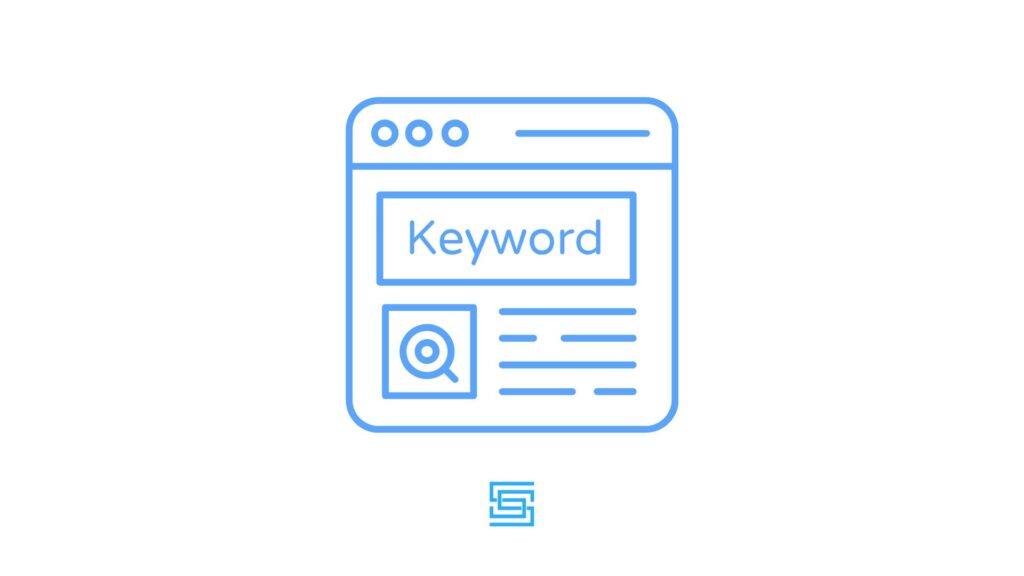
How to Track and Measure Performance: SEO and SEM KPIs
To ensure your strategies are effective, it is practical to monitor important statistics such as:
- CTR (Click-Through Rate): Useful in finding out how frequently users click on your advertisement or your organic result.
- CPC (Cost-Per-Click): The amount you pay whenever a user clicks through your ad on the SEM network.
- Conversion Rate: Usually it tracks how good you are at converting the visitors into customers.
By setting goals around these metrics for both SEO and SEM strategies, you will have more ideas about how to optimise all in the future.
Using Ads to Improve SEO
And here is an interesting note: SEM ads can improve your SEO. When you advertise, you gain visibility and traffic, which can lead to increased backlinks as well as social media shares, which can improve your overall SEO performance.
How UX impacts SEO and SEM Strategies
What is common in great SEO or SEM strategies is a great UX. If your website is slow, complex to use or does not fit mobile screens, your visitors will all bounce off.
- SEO will favour those who provide a satisfactory experience to the visitors and will rank such web pages better.
- If you can’t provide an effective user journey through your SEM ads and landing pages, you will likely experience very low CR for those campaigns.
Sharpening Your SEO Strategies With SEM
Have you tried experimenting with new ideas for your SEO strategy? SEM is a powerful tool for that. It allows you to test out various keywords, landing pages, and ad copy in order to determine what will be effective before making long-term changes to the SEO.
Determining The Cost Structure of its SEO vs SEM strategy
SEO and SEM definitely have distinct cost structures;
- SEO requires a lot of initial investment towards content creation, optimisation and backlinking but once you gain the page ranking, the ongoing cost is very low.
- SEM gives consistent results when advertisements are paid. You will also incur cost per click but at least results are immediate.
Understanding this cost structure will allow you to effectively allocate your marketing budget.
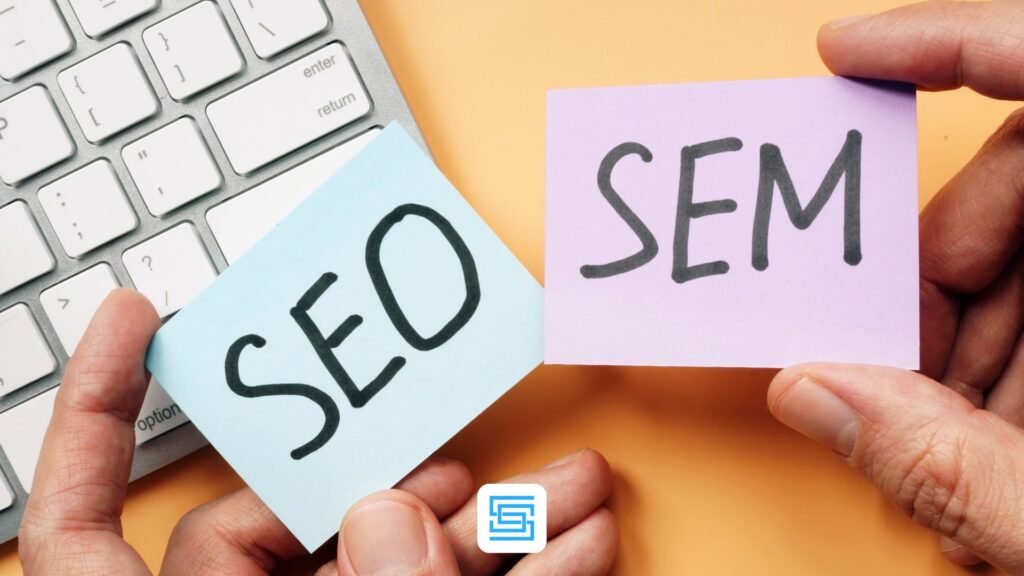
Local Businesses Targeting a Wider Market by Combining SEO and SEM Strategies
For local businesses, SEM is as necessary as SEO. Local SEO makes sure that you find your business in local searches while SEM targets people in your locality with ads and so should drive a lot more traffic to your site.
FAQ Section
How do SEO and SEM work together to boost my business?
- SEO and SEM are two sides of the same coin because they help to achieve the same goal – that is, traffic and conversions. While SEO is aimed at organic long-term traffic, SEM provides instant visibility and traffic through paid search. Together, they complement each other and increase your ranking chances so that your return on investment (ROI) is better. Additionally, you can improve your SMM campaigns because popular keywords from SEM can be used to enrich your organic search, thus increasing your organic performance.
Can SEM improve SEO?
- Yes, SEM campaigns and strategies also influence your SEO practices. Paid search ads contain useful information on effective keywords that can be used in the optimisation of the website content. Moreover, you may gain traffic to your SEM campaigns, which enhances your visibility and may lead to gaining backlinks and shares, which are beneficial for your organic rankings. Therefore, the use of paid advertisement will enhance your efforts to boost your organic traffic in the long run.
SEO or SEM: which one will work best in my business?
- While both SEO and SEM are useful, they are not the same. If your business needs a gradual enhancement including higher traffic in weeks, that is SEO. However, if you have new products or want to launch a campaign when immediate visits are required, SEM is the best tool. A combination of both strategies helps achieve short-term objectives and broadens the range of goals that can be accomplished.
In what way can I measure the effect of my SEO and SEM campaigns?
- Both strategies can be monitored via tools/service providers such as Google Analytics, Google Ads, and SEMrush. In SEO, key performance indicators include organic search traffic, Click Through Rate (CTR), and backlinks that increase website visibility. SEM campaign evaluation should focus on CTR, Conversion Rate and Cost-per-Click. Studying these shows results of areas that require improvement and areas that can be used to maximise your resources for good ROI from SEO and SEM.
Do you have to practice both SEO and SEM at the same time?
- SEO or SEM can be used at different times; however, these two in conjunction can work great as a marketing strategy as a whole. SEO is about creating a website that has a role for the future, SEM delivers the result for the specific, short-term goal. By combining the two approaches, businesses can expand their visibility across a broader domain, acquire new customers from more places, and enhance their conversion rates.
Can targeting local areas be made via SEO and SEM?
- Definitely! For businesses that deal within a specific demographic or geographical location, Local SEO and local SEM are both essential. Local SEO makes your business appear in local searches via techniques that include using local keywords and writing content based on location. SEM accepts that paid search ads can be created and displayed to people in certain regions, making sure that the ads get across the intended audience. Along with them, it is also easy to perform in more local markets and get additional customers from local search.
What is the best strategy for integrating SEO and SEM efforts?
- To integrate SEO and SEM effectively, it is important to, of course, ensure both strategies aim for the same goals. Treat SEM campaigns as lead specials. If you get to run smart SEM campaigns, it’s bad practice not to rather quickly discover what is outperforming via SEO. Ensure your pages that target any type of ad traffic are built specifically for that kind of traffic too, so organic traffic enhances paid and vice versa. This will allow you to increase each metric gradually, building up visibility and conversions to get better returns on investment.

